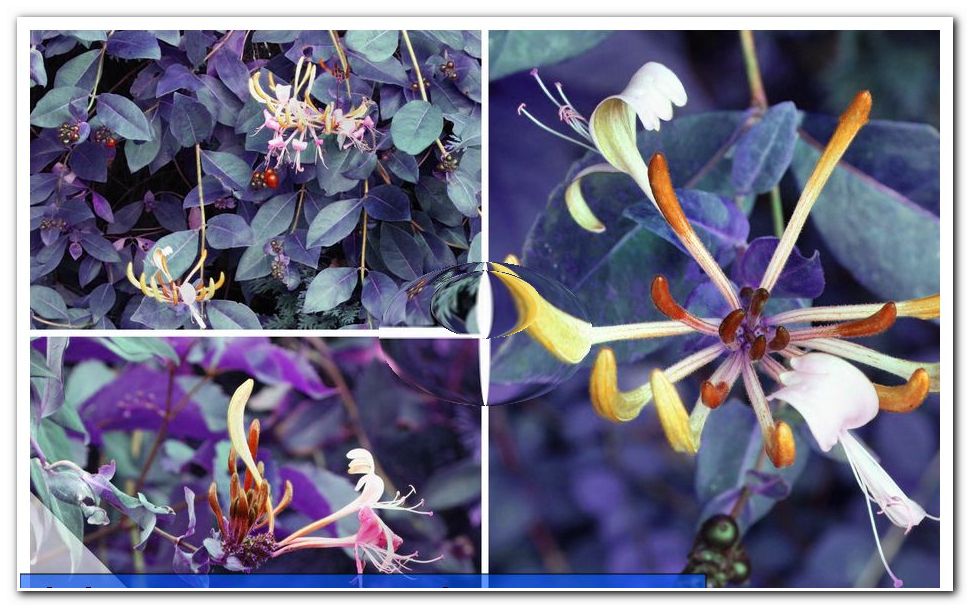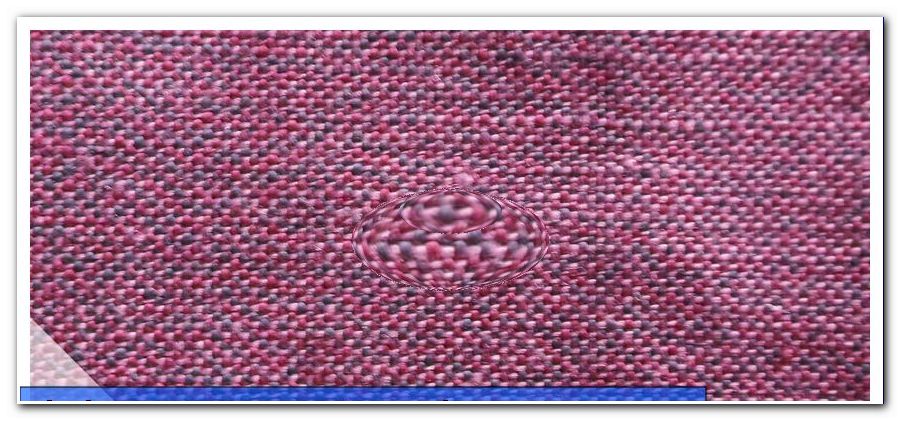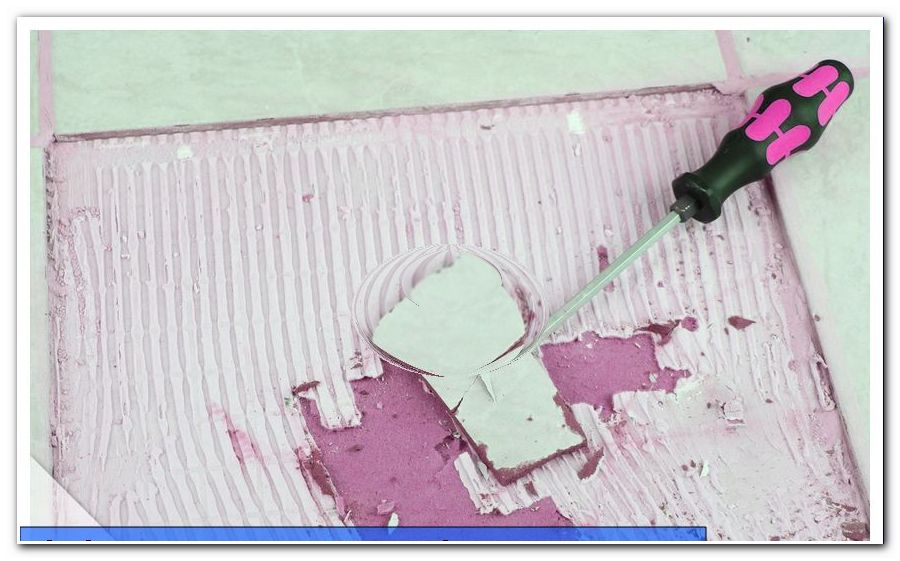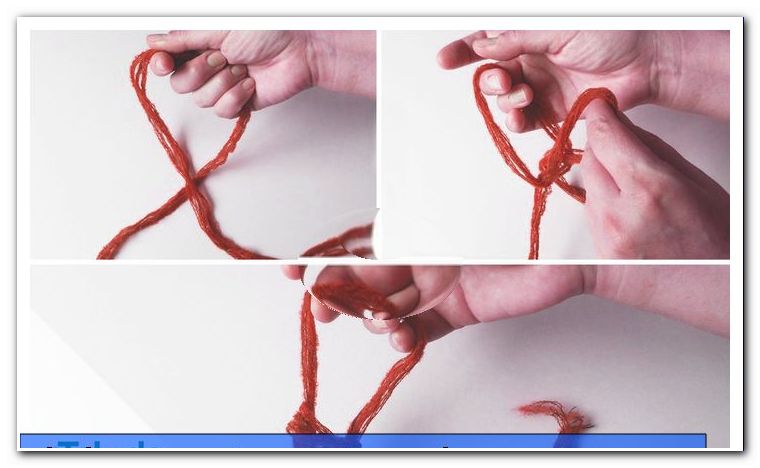Lonicera, honeysuckle, honeysuckle - care

- Characteristics
- Location
- Lonicera plants
- Lonicera wintering
- multiply
- species
The variegated Lonicera succeeds in doing the splits between wild-romantic greening and frugal unpretentiousness with flying colors. Regardless of whether elegantly upright honeysuckle or a gracefully looming honeysuckle in your garden scene; In terms of cultivation, the ornamental shrubs pull together. It is therefore sufficient to delve into the following care instructions in order to skilfully honor all members of this universal plant family.
Lonicera is very popular when it comes to draping niches in a decorative foliage, decorating columns and fences in the garden, or creating a wildly romantic privacy screen. Without requiring significant location requests, the multi-faceted honeysuckle plants fulfill your design ideas. This applies to the tight upright honeysuckle as well as the elegantly winding honeysuckle. With rich green ornamental leaves, a distinctive flower and colorful fruit decoration, the ornamental shrubs also inspire the whole year round. Which precautions in the professional cultivation of meaning, mediates you these care instructions.
Characteristics
- Family Honeysuckle Family (Caprifoliaceae)
- Genus honeysuckle (Lonicera)
- More than 180 species spread in the northern hemisphere
- Evergreen or deciduous shrubs or lianas, rarely trees
- Upright or creeping honeysuckle with yellow-white or pink-red flowers from May to June
- Growth heights honeysuckle of 80 as ground cover to 400 cm as shrub
- Climbing honeysuckle with yellow-red flowers from June to July
- Looping tendrils up to 800 cm high on the climbing frame
- Red or black-blue berry fruits in autumn
In addition to their decorative value, Lonicera prove to be a valuable bird twig. While the berries are poisonous to humans, they serve the feathered garden dwellers during the winter as a rich source of food.
Location
Location and soil condition
Lonicera species are highly valued among creative hobby gardeners, because here the design ideas may first bubble without taking particular account of the site conditions. Thanks to the wide range of demands on the light and temperature conditions, hedge cherries and honeysuckle surfaces and objects in these layers:
- Sunny, partially shaded or shady location
- Any normal garden soil, like loamy-sandy to loamy-clayey
- Fresh-moist to moderately-dry soil
- No special pH preferences
Neither intense sunlight nor low-light layers cause the ornamental wood problems. Nevertheless, in bright, sunny regions unfolds a more magnificent flowering, followed by a rich fruit hanging. A majestic honeysuckle also favors a location where it stretches its head towards the sun while its trunk is shaded.

Lonicera plants
planting time
Hedgehogs in turn prove their flexibility when planting time has to be determined. Lonicera, which is brought into the container, can be put into the soil at any time as long as the soil is not frozen or dust-dry as a result of a summer drought. The ornamental shrubs are first-class when planted in the fall. Especially during the months of September and October, the still well-warmed soil provides the roots with the best conditions to establish themselves in time for the winter.
soil preparation
A carefully prepared earth brings the growth of a honeysuckle from the start into motion. Take the time to work on the soil at the chosen location:
- Dig the earth deep
- Remove weeds, roots and stones
- Create a crumbly potting soil with rake and rake
The addition of sieved compost and horn shavings rounds off the work. Rark the organic material only superficially, because Lonicera thrive in the majority as Flachwurzler.
implant
The still potted root ball are soaked in the flow in water until no more air bubbles rise. Meanwhile, you can dig out the plant pits. The ideal planting distance is the type before. In order to create an enclosure out of honeysuckle, you settle 3 to 4 shrubs per running meter. If a honeysuckle acts as a facade greening, a distance of 2 plants per running meter has proven itself in practice. Small-sized species grow large areas as dense groundcover if you place 5 to 7 per square meter. How to plant Lonicera professionally:
- Each plant pit has 1.5 times the volume of the root ball
- In moist soil a thin layer of sand on the sole serves as protection against waterlogging
- Plant the water-soaked, inflated rootballs in the center as deep as you did in the culture tank
- Slightly arrange honeysuckle leaves diagonally to the climbing aid
For a good bottom connection, press the earth with your hands. Afterwards, pour plenty and spread out a mulch layer. Suitable mulch materials are foliage, grass clippings, compost and bark mulch.
Trellises
The honeysuckle has no adhesive organs, with the help of which the long tendrils could pull themselves up. Rather, the woodland winds around any object that is within range. On facades, special trellis or rope systems provide the necessary support for the shoots. Plant popular Lonicera, like Jelängerjelieber along a fence, bind the lower branches with binding wire to the struts to specify the direction of growth. Similar procedures apply to trellises, obelisks and other climbing aids. Once a honeysuckle has taken a stand, it will find its way to heaven on its own.
to water
In a proper care program, the balanced water supply plays an important role. A healthy mediocrity is trumps. Only water a honeysuckle or the honeysuckle when the soil has dried well on the surface. Please do not decide on the water requirement visually, but always carry out a finger test. If the upper 4 to 5 cm of the substrate feels dry, it is cast. During the warm season, this may be necessary twice a day, especially if the rain is absent for a long time. Avoid overhead sprinkling and allow the water from the watering can to run directly onto the root disk. Thanks to this prudence, flowers and leaves are not affected and fungal spores do not find any approach to infestation.
Fertilize
The growth of dense foliage, the colorful flowers and numerous berries cost the honeysuckle a lot of power. With a regular supply of nutrients you grab the ornamental wood helpful under the floral arms. This procedure is recommended:
- Apply compost and horn shavings monthly from March to August
- Alternatively, start fertilizing in March / April with a mineral-organic complex fertilizer
- Provide a fertilizer supplemented with potassium at the beginning of flowering
- Complete any fertilizer application with an abundant hydration
From the end of August / beginning of September, Lonicera no longer receive any additional nutrients, so that the shoots and tendrils mature before winter.
To cut
In view of an annual increase of 30 to 40 cm in honeysuckle and a breathtaking 50 to 60 cm in the honeysuckle, the question of possible cutting measures is also obvious. Their adaptive cornerstone position remains true to Lonicera in this regard. How to cut the ornamental wood correctly:
- Pruning takes place either after flowering or in late winter
- Smaller corrective actions are possible at any time
- Cut branches and tendrils to the desired length
- Ideal starting point for the scissors is just above a leaf node
Regardless of whether or not you are considering pruning, the ornamental shrubs should be lightened every winter. All Lonicera species tend to flake from the inside or from the base. Cause is lack of light due to dead or too dense shoots. Therefore, consistently remove all dead wood as well as branches, branches or tendrils that are too close to each other, rubbing or inward.
Lonicera wintering
Adult Lonicera have a hardy hardiness that requires no special precautions. Nonetheless, this frost resistance builds up over the years, so that young shrubs should receive winter protection. Furthermore, the care program does not completely pause during the cold season, especially as the evergreen species continue to evaporate moisture over their dense foliage. These precautions are advisable:
- Before the start of winter plant a layer of autumn leaves on the root disc, fixed with brushwood
- Cover the branches with breathable fleece for the first two years
- Water the evergreen Lonicera in dry, sunny winter weather on frost-free days
- Do not fertilize from September to February
There is no reason to worry if the shoot tips freeze after severe frost or the evergreen leaves are thrown off anyway. Thanks to the cut compatibility, cut affected branches back to healthy wood. Her pretty leaves dress hedge honeysuckle and honeysuckle again in spring.
multiply
cuttings
If you find other locations in the garden that are decoratively enhanced with Lonicera, simply use the following method to obtain the desired number of young plants:
- In early summer, determine half-lignified, non-flowering tendrils or branches to the cuttings
- Below a leaf node, cut off the offshoots to a length of 15-20 cm
- Remove the leaves in the lower sector
The cut cuttings are placed in pots with potting soil or a mix of unit soil and sand. At least one pair of sheets should be above the surface. At the partially shaded, protected location keep the substrate constantly slightly damp. Cuttings roam diligently until autumn, so they can be planted in September, October or November.
Absenker
For the offspring of individual specimens, there are flexible branches and tendrils on the outer edge of honeysuckle or honeysuckle. To do this, pull a year-old shoot to the ground and mark the spot that touches its middle area. At this point, dig a clay pot into the soil, filled with growth substrate. Now pull the squeegee down to the substrate, remove the leaves at the point of contact and dig them in 10 cm deep. So that the branch does not pop up again, it is fixed with stones or a staple. The shoot tip attach to a wooden stake, which you hit in the ground next to the pot. While the branch is still supplied with nutrients by the mother plant, water the soil regularly. When the pot is completely rooted through, cut off the sinker and remove it together with the container from the ground. At the new location plant the young Lonicera.
species
Popular types and varieties
The following selection of popular Lonicera species and varieties would like to contribute to your decision-making:
Evergreen honeysuckle (Lonicera henryi)
Anyone who embarks on the search for an evergreen climbing artist can not ignore this species. Originally home to the forests in the dim light, the evergreen honeysuckle thrives wonderfully in partially shaded to lightly poor locations.
- Yellow-red flowers from June to July
- Rankt up to 800 cm and higher
Jelängerjelieber (Lonicera caprifolium)
Here you will meet the undisputed darling of creative hobby gardeners. The popularity of the tirelessly climbing honeysuckle even goes so far that the variety name is used as a synonym for the entire genus. Spectacular is not only his flower symphony, but also the coral berry jewelry.
- Yellow-white flowers with a red rim and a delicate scent
- Rapid growth of 60 to 150 cm per year
Golden flame (Lonicera heckrottii)
This honeysuckle makes it colorful in the summer garden. The young shoots turn dark red in the sunny spot, while the summer green leaves sprout. From June to September this hybrid enchants with abundant flowers, which flows into a decorative berry habit.
- Pale yellow flowers, purple on the outside
- Fast growing 300 to 600 cm high
Red honeysuckle (Lonicera xylosteum)
This Lonicera owes its name to the bright red berries, which therefore develop from the yellow-white spring flowers. The gray-green foliage takes on a subtle yellow tint in the fall before it is dropped.
- Growth height 200 to 300 cm
- Ecologically valuable bird twig
Clavey's Dwarf (Lonicera xylosteum)
The also ideal Lonicera variety for the small garden. Its compact and dense habit evolves into a harmonious semicircular silhouette with elliptical, rich green leaves. In particular, the white-yellow flowers adorn the shrub from May to July. In autumn, the red, pea-sized berries on yellow leaves attract all attention.
- Growth height 150 to 250 cm
- Slowly growing and extremely easy to care for





